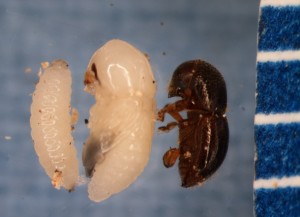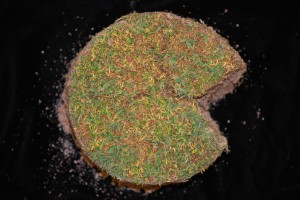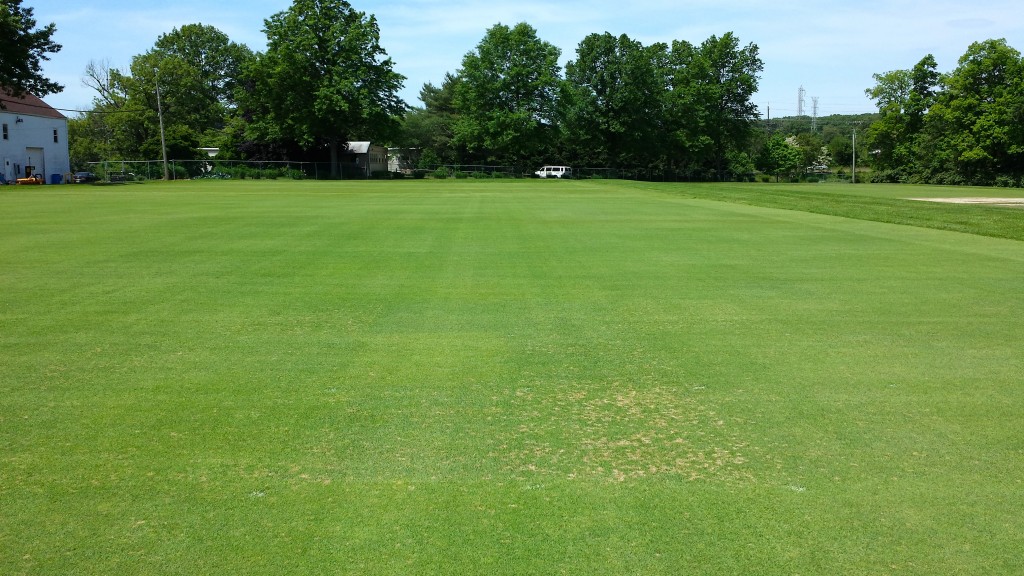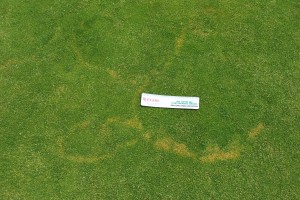Optimum growth of cool season grasses occurs within the temperature range of 60 to 75°F. Yesterday, the New Brunswick weather station indicated that soil temperature at 2 inches exceeded 75°F for more than 12 hours and peaked at 82°F.
This doesn’t mean that grasses will soon be dead. But it is a signal to be watchful for summer stress problems.
Summer stress is often a combination of multiple stresses. Localized drought, ponding of water, diseases, insect pests, poor culture (mowing, fertilization, and irrigation) and other stresses combined with high temperature stress can challenge the health and persistence of cool season turfs from now through the end of summer. It is important to avoid situations that compound too many stress at the same time. [Read more…]





